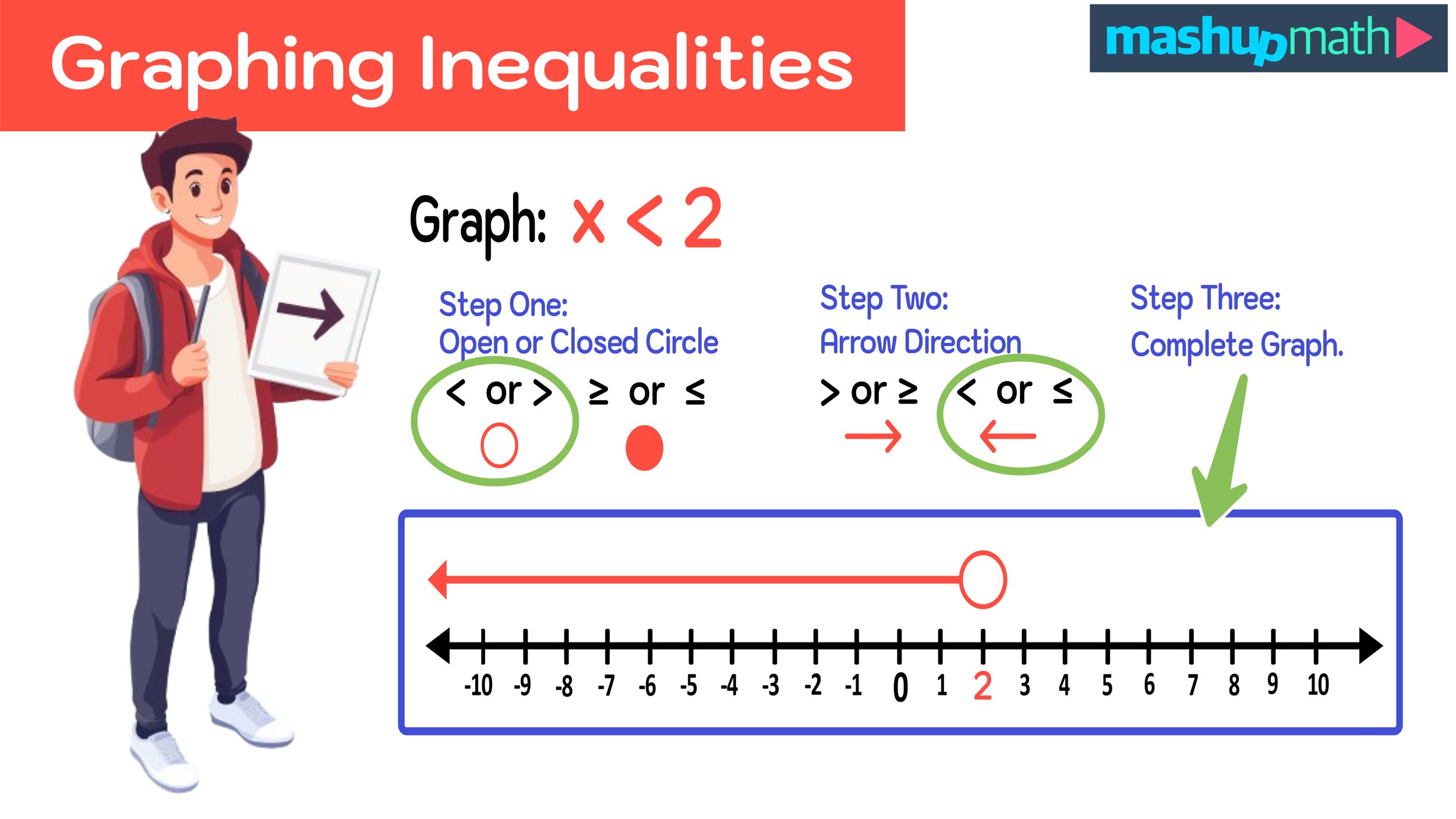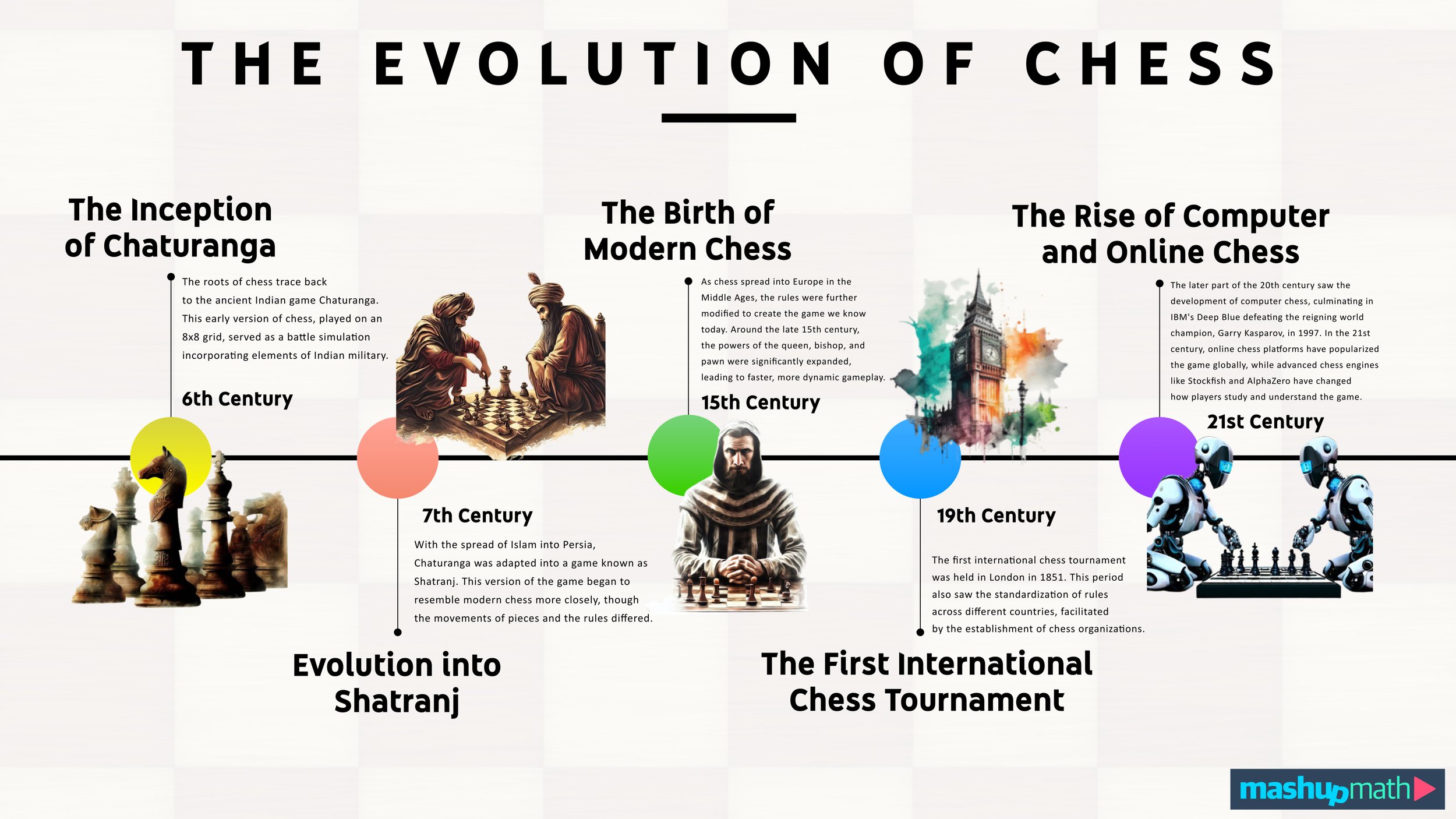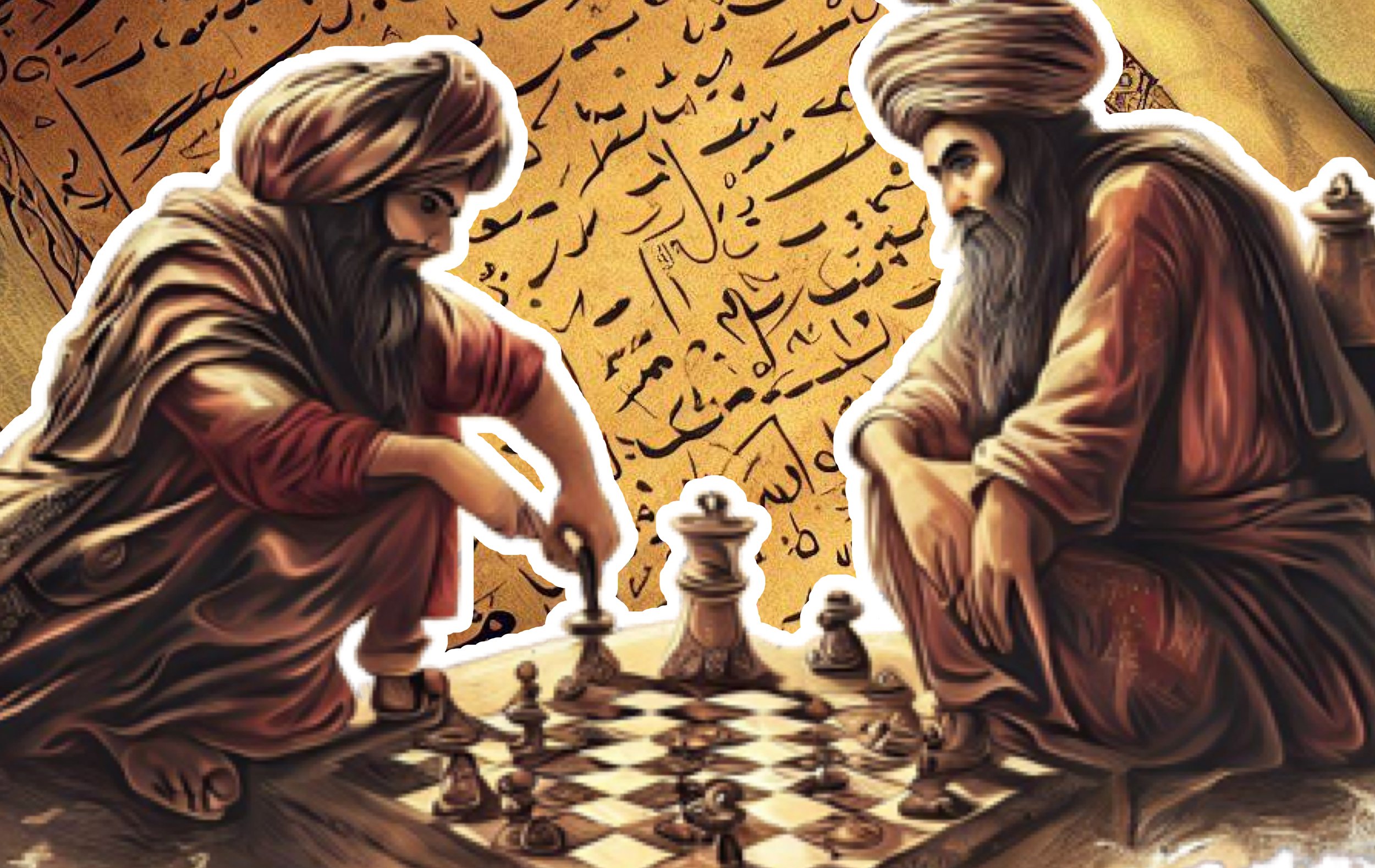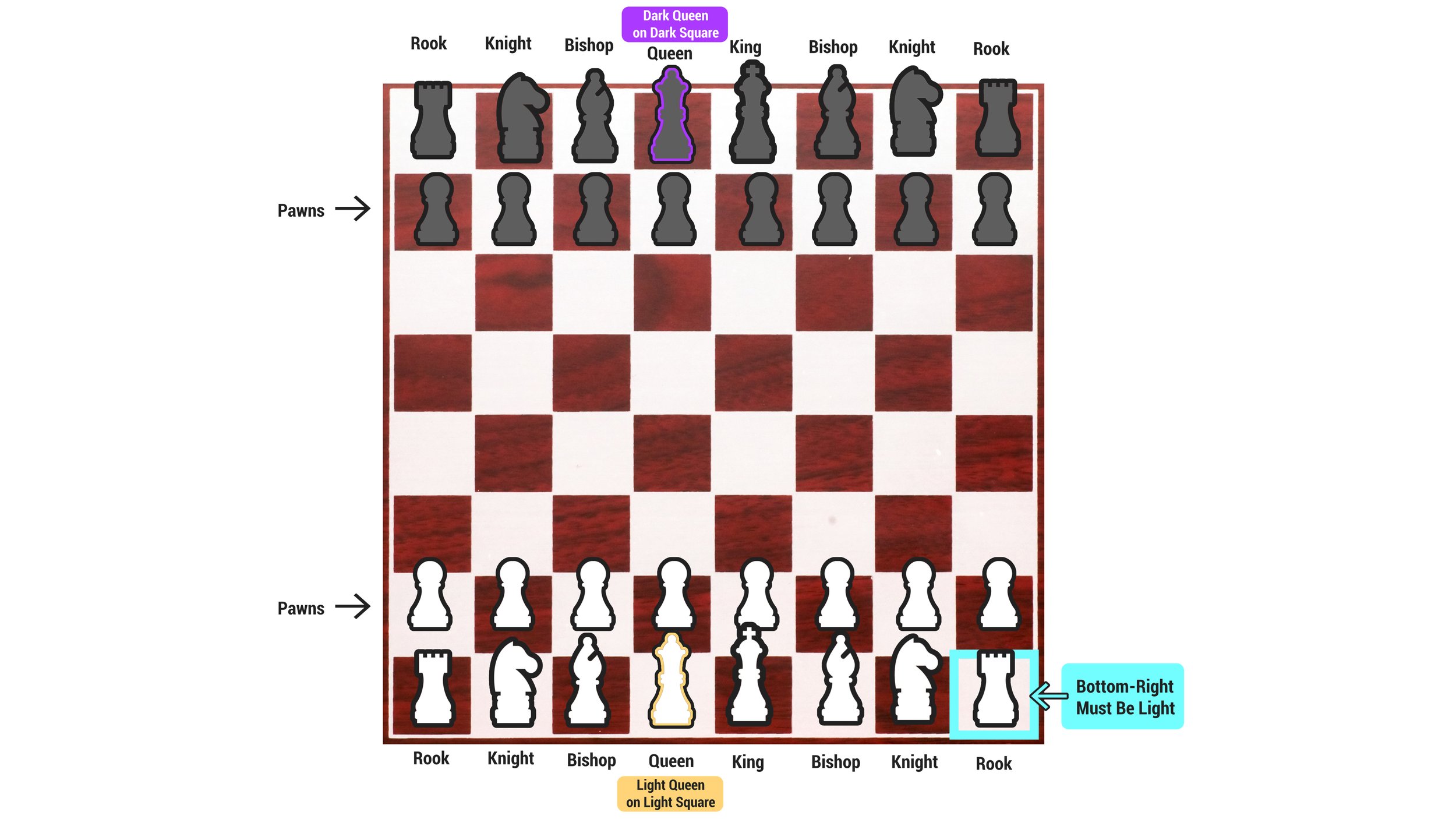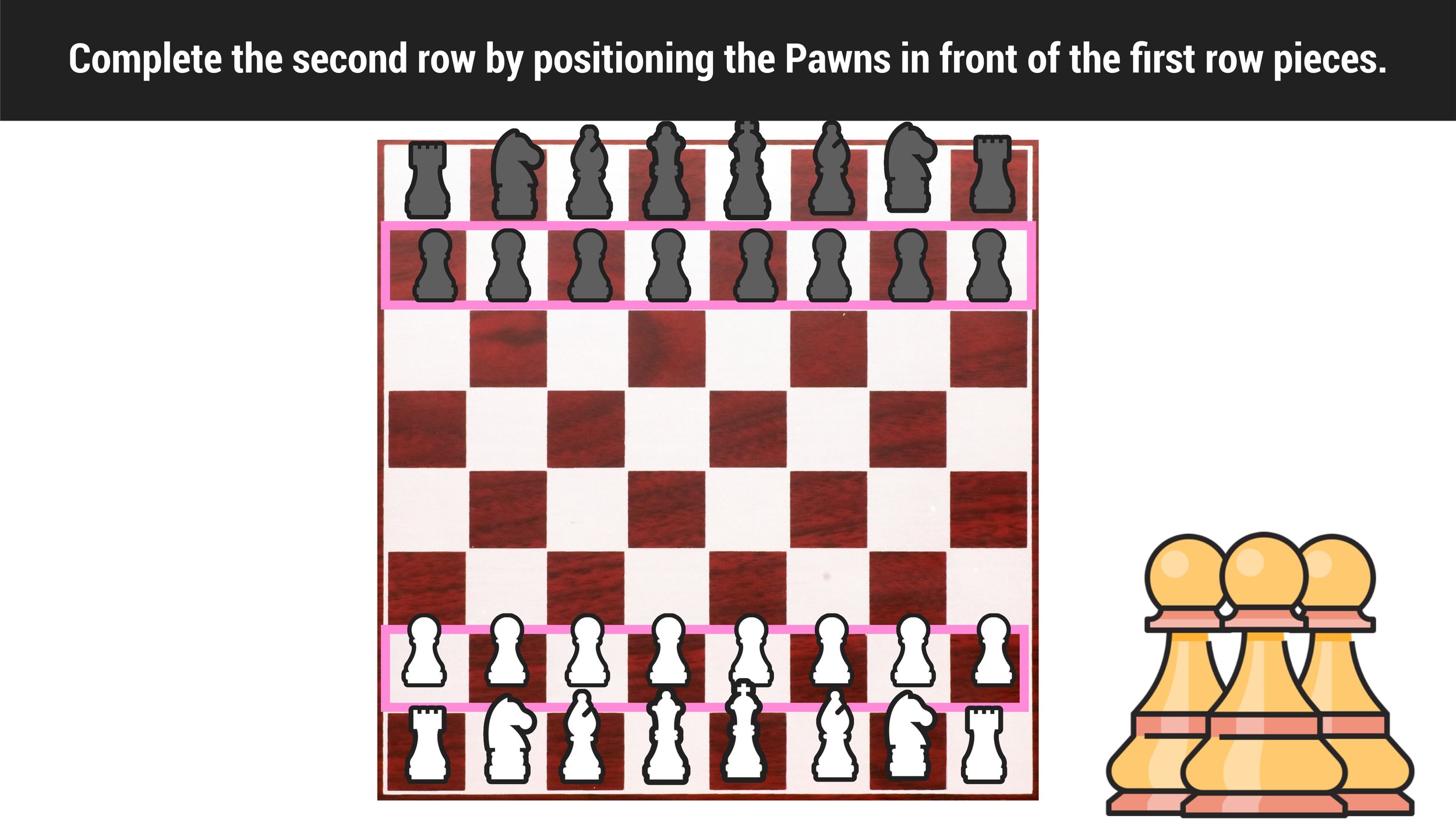Boosting Math Positivity
Neurological Insights and Strategies for Elementary & Middle School Math
How can you boost math positivity at home and in the classroom?
(Image: Mashup Math via Getty)
From a neurological perspective, the way that we present math to kids makes a world of difference in terms of how it contributes to their mental development.
Before students can dive into the exciting world of mathematics, they need to feel comfortable about the subject as a whole. When it comes to helping kids ease into mathematics, the learning environment created by the teacher must make students feel safe, valued, and included. Additionally, it is crucial that students learn to be resilient when working on math problems and that they have a strong set of problem-solving strategies to work with. Under the right conditions, teachers can set their students up for success by creating an environment where students can process new information through their brain’s emotional filters before redirecting it to their prefrontal cortex (PFC), which is the brain’s hub for high-level and high-order thinking. The more experience students gain in using their PFC to learn math, the better off they will be in all subjects, since the PFC is where critical and analytical thinking occurs.
If you are interested in how mathematics can be taught in such a way that helps students to develop their PFC, below are a few helpful strategies.
Nurturing Math Positivity: Starting at Home
Parents often put a lot of pressure on kids to do well in math. But making the subject extremely stressful often does more harm than good and results in kids’ developing lasting negative attitudes about the subject as a whole.
For parents at home, a strategy for boosting math positivity is to hold regular family math meetings with your kids.
These family math meetings are a great opportunity for parents and caretakers to apply what they know about the negative effects of academic pressure and stress. This insight can be shared with children in the form of conversations about how they generally feel about their education at any given point in time. In these meetings, it is the parents’ job to facilitate conversations that will help students to develop and maintain positive attitudes about learning math and why making mistakes is actually a positive thing, since mistakes are the stepping stones along the path of learning (i.e. learning with a growth mindset).
Also, parents can play the important role of being a positive proponent of math in their kids’ lives. By finding ways to make math relevant and related to their child’s interests, you can reinforce the idea that mathematics is not only relevant to real life, but useful and exciting as well.
For example, parents can show their kids how mathematics is used to develop video games, sports, fashion, or other real-world math connections. When parents connect math to real life, their kids learn to see the subject as more practical and fun.
Giving students an opportunity for retest after a poor performance can help restore their sense of control. Photo by Santi Vedrí on Unsplash
Reset and Re-Test When Necessary
As for helping students in the classroom, teachers should consider allowing students the opportunity to retest after a poor performance. Why? Because having a solid foundation in mathematics is crucial for future success, and giving students the opportunity to retest allows them restore a sense of control of their learning and keeps them from falling behind. When students are given the opportunity to retest, they are able to review, learn from past mistakes, and actually reinforce their understanding of whatever the topic is.
And, since math topics typically build upon each other, it will greatly reduce their chances of falling so far behind that they can never get caught back up. The goal of retesting is not just to improve a student’s grades—it is about making sure that your students are set up to succeed and are given every opportunity to learn the material and develop into skilled thinkers, problem-solvers, and mathematicians.
Many teachers require students to show some sort of proof that they deserve a chance to retest, which is a strategy that may work well for your classroom. Examples of such proof include tutoring sessions, extra help attendance, or taking practice tests online. Such requirements make students more vested and accountable in their learning. You can also take the average of the first test and the retest to prevent students from not taking the first version seriously.
Taking Mathematics Beyond the Classroom
If you really want to get your students interested and excited about learning math, then you will have to capture their imaginations and sense of wonder. Great math teachers know how to present math as an incredibly useful and practical tool that can be used in all areas of life, rather than just a boring school subject.
By showing how math applies to everything around us, students begin to see learning math as relevant, exciting, and worthwhile. This is yet another strategy that can be used to help your kids develop positive attitudes towards learning math.
Keep these strategies in mind as you work towards building math positivity at home and/or in your classroom. If we want our students to stick with math and take advantage everything the subject has to offer, then fostering positive attitudes about math must be a top priority.
Keywords: Math Positivity, Elementary & Middle School Math, Neurological Insights, Math Strategies, Prefrontal Cortex, Family Conferences, Retests in Math, Real-world Math Applications
More Math Education Insights You Will Love:











